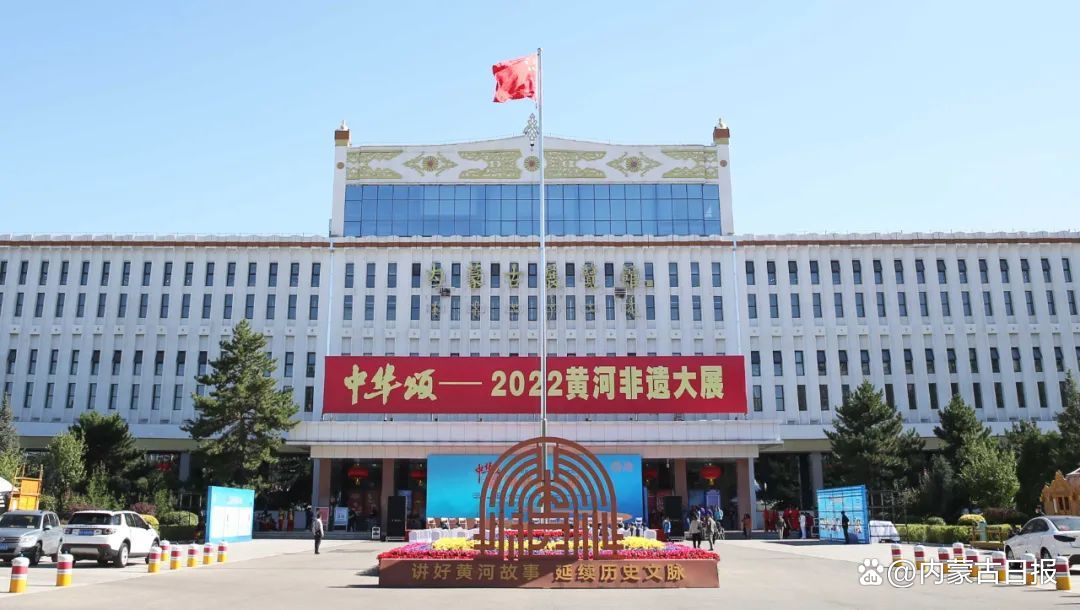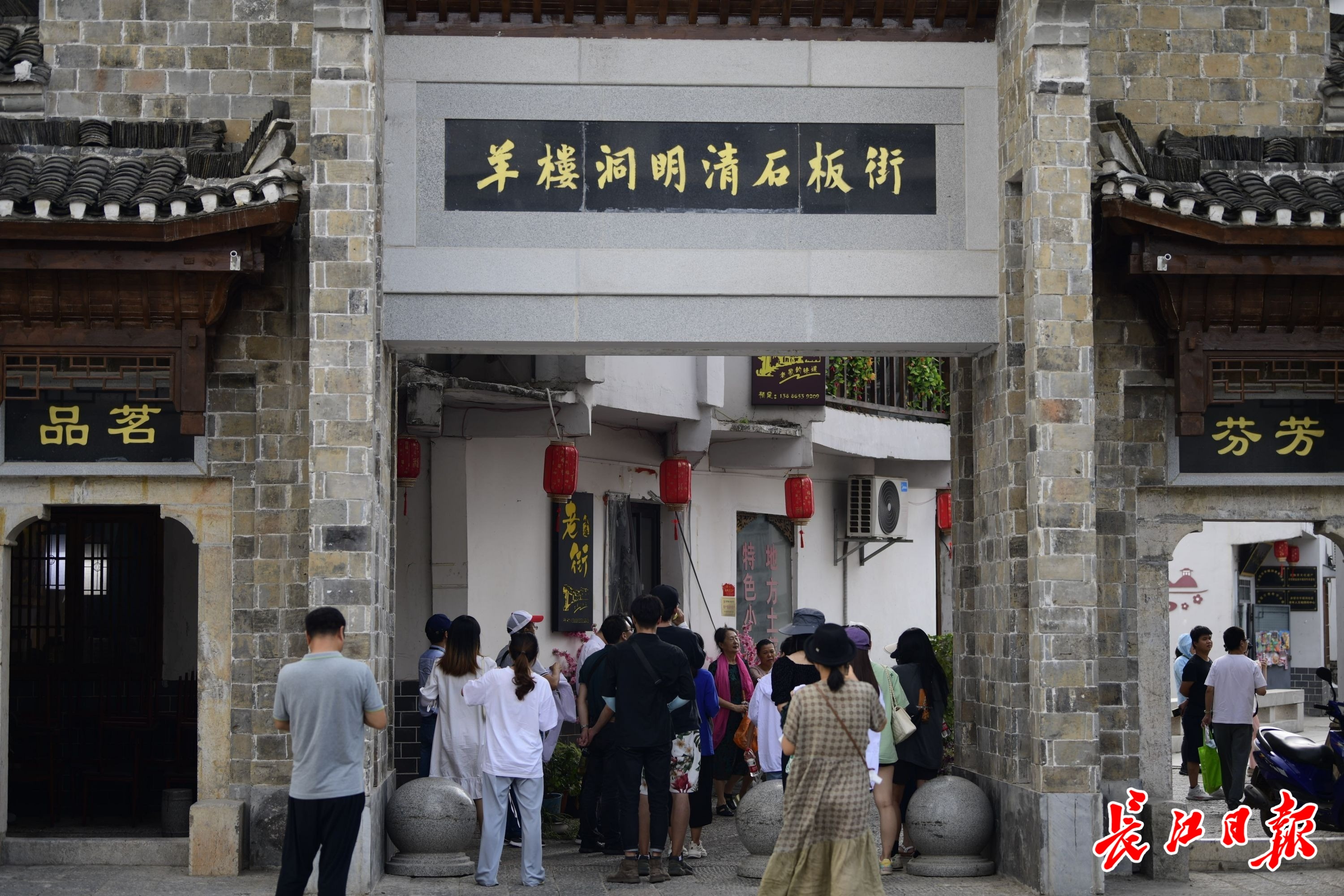International Museum Observation (2) Roman Capital Museum
Author:Wu Culture Museum Time:2022.09.13
Original Author: KIRXIE
Notice! Intersection Intersection Never reprint without authorization! Intersection Intersection
People standing at Piazzadel Campidoglio are difficult to be shocked by the strong and heavy history of the Roman city. This square, located on the towering hills in Rome, designed by the Renaissance giant Michelangelo, has always been considered the center of Roman City.

Photo t wantedinrome.com
In the center of the square, there is a bronze statue of Emperor Marco Orac who stands very iconic. Behind it is now the Senate of the Roman City Hall, and the buildings on both sides belong to the Roman Capital Museum -as the oldest in the world, One of the National Museums, today it is still telling people the splendor and glory of Roman City.
The Roman Capitolini, also known as the Capitolini Museum, can be traced back to 1471. At that time, the Pope Sisi IV from the Drah Lowele family made a group of precious ancient bronze statues that were originally hidden in the Rattoran Church on Mount Carbitolo as a gift to Rome The gift of the people. After that, the pope of the past did his behavior, thereby gradually increasing the scale of these collections, and included various art treasures of ancient Rome, medieval and Renaissance.

PopeSixtus vi, Photo © pinterest.com
After the long decline of Roman City, what Sist Governor IV hopes is that the glory of the ancient Roman Empire can be rejuvenated in its origin. In 1536, when Michelangelo was commissioned by the Pope Paul III of Farnesse, the Cabitolio Palace Wall to welcome the Victims of the Holy Roman Emperor Charles V, the artist also held the "rebuilding magnificence Roman's desire. With his unremitting efforts, a commemorative citizen's square is gradually completing, and the Roman Capital Museum, which is located, will have two main buildings as the exhibition hall. Among them, the right side of the Central Square is called Palazzodei Conservatori; the west facing the left is Palazzo Nuovo.

Photo c Michelangelo.org
The conservative palace that had been established in the twelfth century was originally used as an office space for local enforcement. In the process of renovation of it, Michelangelo tried the architectural form of giant columns across two floors for the first time. The huge column was set on the large foundation and connected to the porch and the upper floor. A series of Corinth -style columns and Ionia columns form a composite unit, and all windows are covered with segmented triangle walls. The coordinated proportion and balanced order are full of the classical atmosphere of the Renaissance; the exquisite reliefs of the columns and horizontal columns make the entire building look solemn and elegant.

Photo b embarch.com
Building the Roman Capital Museum is a huge project. The master finally died without seeing his own effort. In order to ensure the symmetry of the square and realize Michelangelo's unprepared wish, it has been completed in the new palace in 1654 and has the same shape as the conservative palace. In less than a hundred years, Pope Clement 12 announced that the museum was open to the public. The artworks that have always been enjoyed by the famous Wangwang people have officially opened the door to the general public. The founder of all this, Sisi Governor IV at the beginning, sincerely said:
"These sculptures and artworks do not belong to me, but belong to the Roman people. (They) represent the history of Rome and instruct the fate of Rome, so I want to return them back."
In the minds of the Roman people, the history of the dead empire is worthy of permanent memorial, so everything in the museum is closely related to the glory of the city. After entering the porch at the entrance of the conservative palace, there were several huge limb sculptures in front of them -they all belonged to one of the greatest emperors in ancient Roman history, Constantine I of the Great. The remaining feet, the hands on the fingertips facing the head, and the head of the emperor, all outlined an image of a frightened emperor.


Photo c Nick John / Photo © Musei Capitolini
Not far away, a pure white marble female sculpture stood upright. The city of Roman, who was depicted as the queen, was calm, but his expression was calm but uncomfortable. Around her, surrounded by reliefs from the Hudliang Temple, representing various provinces under the jurisdiction of Rome, in different aspects, fine and orderly symbolizing the politics, culture, and economic hegemony of the ancient Roman Empire.


Photo r @raffaelePagani
From the porch, the original staircase, the original Bronze statue of Marco Alemi on the square is nearby, indicating that people are about to join a grand triumphant parade. The exquisite relief from the 16th century is the large -scale praise of Hardoria and Marco Oreli Emperor in the "Five Emperors of Rome"; The silent presence of the vast epic of Rome.


Wet mural
In a relief, Ole Li rode on the horse's back and was accepting the enemy's surrender. This reflects the basic political principles of Rome, as Virgil said:
"The Romans are destined to rule the world, respect the surrender, and respect the people;



The expansion of the broad mind and authority seems to have a distinct contrast. This may be because the Roman Empire had experienced a complex, difficult and mysterious long journey before the rise. On the second floor, the legend of "mother wolf feeds the baby" has become an important theme. The statue and painting repeatedly repeatedly told the audience the origin of Rome: According to rumors, the descendants of the Troy Warriors, the twin brothers Luomuz and Romos, were murdered by the evil usurper at the beginning of their birth. The two babies were drifted in the basket and were accidentally rescued by a female wolf. The female wolf nurtured them with their own milk to let them survive.
She-Wolfwith Romulus and Remus. Bronze, 12th Century Ad. © Olivier Blaise

The legendary brothers who did not die in the disaster eventually became the creators of Rome. The courage, pride and blood in Roman culture were also revealed to people. However, in the exhibition hall on the third floor of the conservative palace, unexpected softness broke this cognition. The statues in the exhibition hall are derived from the villas and gardens of the ancient Roman nobles. At that time, the Roman privilege class was keen on ancient Greek culture, so it preferred Greek elegance, exquisite and dreamy in terms of aesthetic purpose. It was displayed in this exhibition hall. Like a contrast between popular culture and elite culture, this phenomenon cannot help people think of many reality in the traditional Roman society that has not been touched.
After the Temple of Jupiter, which crossed the underground gallery, came to the new palace. The atmosphere here is different from the conservative palace. The god of the river in the courtyard Malfario leaned against the sandstone, seeing himself and casually.

Photo en Sven Rudolf Jan

I have to admit that the collection here is more artistic and interesting. Many pan -Greek -style statues, Renaissance and exquisite art works, reflect the magnificent "stacking" collection concept, and the taste and decoration are reminiscent of the famous Vatican Museum.
Rubens, Guado Renni, Guirchino, Jawni Lanfrako ... many works of artists make people linger. Among them, a painting called "St. John Wash in the Desert" is particularly noticeable. Under normal circumstances, there will always be a lamb that is still breastfeeding next to St. John, symbolizing the pure and innocent Christ. St. John's own is a sign of Jesus' arrival. But in this painting, St. John, who was naked, hugged a male goat in a twisted way. The picture was strong and dark, full of dynamic sense, and was far from the traditional religious subjects.
Michelangelo Merisi Da Caravaggio, Saint John The Baptist (Youth with A RAM) (C. 1602)

The author of this painting is the famous Italian painter Caravaggio. When he painted this painting, he was also called Michelangelo Melsi. Karavache was born in the late 16th century and created Baroque's first painting style. The eclectic artistic wizard never forgotten the colorful details in daily life when he described history. The custom paintings in the museum, "Ji Yun Too", set their sights on the streets and alleys in Rome, and painted people's daily stories. The Jeep women in the picture are in the name of looking at their hands. In fact, they are stealing this teenager's things, which is unbearable.
Caravaggio (Michelangelo Merisi), Good Luck, 1595, Oil on Canvas © Mike Steelele

At this time, the destruction of the Roman Empire has been nearly a thousand years. It has brought a new wind to the city from Milan to Caravaggio from Milan to Rome. Among the many sculptures and paintings of the museum, we can take care of the other side of this huge empire. Among them, "Copper Horse" excavated in the area of Tellastov, using superb craftsmanship to show the heroic posture of the horse racing. It was not until the 14th century that Da Vinci could use similar pen power to depict such an artistic scene.
Photo s Musei Capitolini

The "Stabbing Boys" from the 1st century BC, with a realistic shape and dramatic story background, it is unique in art history. On the surface, the young and robust Roman teenagers sat by the road, hoping to pull out the thorn on the feet; behind this, a deeper metaphor was hidden: the teenager was not only stabbing on the foot, but also trying to remove the love in his heart. Stomach thorns.
Photo s Musei Capitolini

In this moving scene, the glory of Rome has gone up a different ripple. At the end of the exhibition, people's eyes often stay on a world -renowned statue, "The Holding Galata". The owner of this sculpture was the famous Yurius Caesar. The scene of the seriously injured soldiers was permanently fixed. The great emperor of the Southern and North War may want to pay tribute to the fearless Roman spirit. After all the obsession and nostalgia of the grand narrative presented in the museum, people can see the burning romanticism behind this heroic -this seems to be the most impressive trait. Doyinggaul, or capitoline gaul, © natalia Braatslavsky/DreamStime.com
Emperor Marco Oreli said in his philosophy "Contemporary Records", "If you have not died yet, your soul will no longer exist, then this is a great shame ","

Photo a Piazza Del Campidoglio
The "Emperor of the Philosopher" crossed the horse and stood up in the center of Cabitolio Plaza, as if reminding people who came out of the Roman Capital Museum, the glory of the Romans defended from generation to generation after generation after generation In fact, I didn't go far today. We have reason to believe that after thousands of years, those immortal hero cars will still be sung here; and the once passion, magnificence, and glory will transmit their strength to people from all over the world in a new and unique way.

- END -
Watch the exhibition in panorama!"Chinese Song -2022 Yellow River African Heritage Exhibition" is in full swing

September 6thChinese Song -2022 Yellow River African Heritage ExhibitionCarried...
"Sichuan" brick tea comes from Chibi, Hubei.

The Yangtze River Daily Da Wuhan Client August 24th (Reporter Wang Weiqi) This is ...